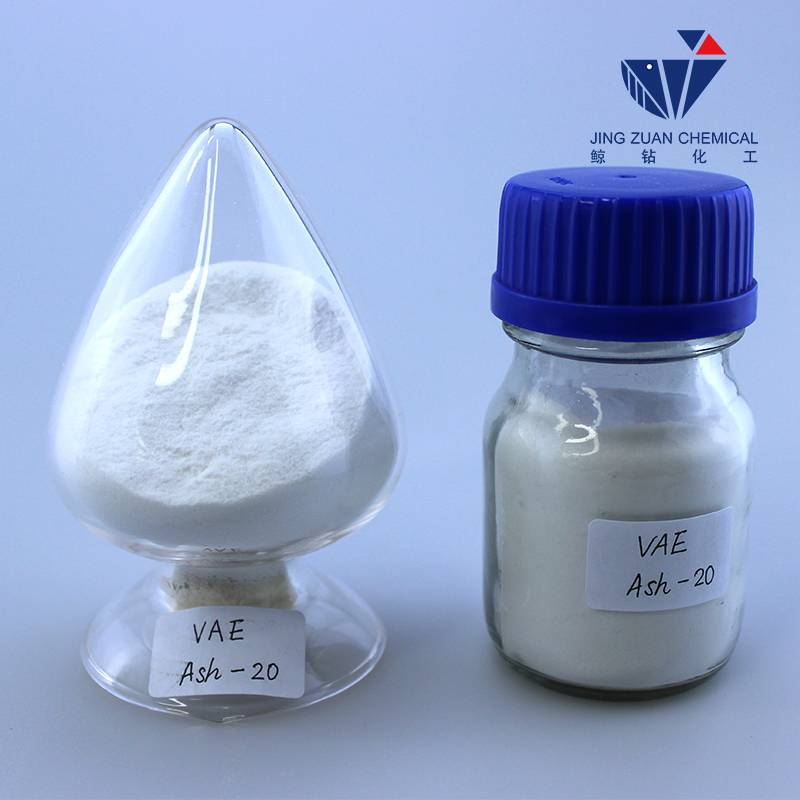
أكتوبر . 15, 2024 18:40 Back to list
hydroxyethyl cellulose solubility in ethanol
Understanding the Solubility of Hydroxyethyl Cellulose in Ethanol
Hydroxyethyl cellulose (HEC) is a non-ionic, water-soluble polymer produced by the etherification of cellulose. This versatile compound is widely used in various industries, including pharmaceuticals, personal care, and food products, due to its thickening, gelling, and stabilizing properties. One of the critical factors influencing its applications is its solubility in different solvents, including ethanol.
Ethanol, a common solvent known for its ability to dissolve a wide range of polar and nonpolar substances, plays a significant role in formulations where hydroxyethyl cellulose is utilized
. Understanding the solubility of HEC in ethanol is essential for optimizing its performance in various applications.The solubility of hydroxyethyl cellulose in ethanol is notably limited compared to its solubility in water. HEC is predominantly hydrophilic due to the presence of hydroxyl groups, which readily form hydrogen bonds with water molecules. This strong affinity for water means that HEC readily dissolves when mixed with aqueous solutions but does not exhibit similar solubility in anhydrous solvents like ethanol.
The interaction between HEC and ethanol is influenced by several factors, including the molecular weight of the polymer, the concentration of HEC, and the temperature. Generally, lower molecular weight HEC grades may show slightly improved solubility in ethanol compared to higher molecular weight grades. However, the solubility remains limited, often requiring the incorporation of co-solvents or the use of modified formulations to achieve the desired viscosity and stability in ethanol-based products.
hydroxyethyl cellulose solubility in ethanol

In applications where HEC must be used in conjunction with ethanol, such as in certain pharmaceutical formulations or in the creation of gels and creams with alcohol as a solvent, formulators often need to consider various strategies. For instance, one common method is the pre-dissolution of HEC in a small amount of water before gradually adding ethanol. This technique helps maintain the structural integrity of the HEC and promotes a more uniform dispersion in the final product.
Moreover, the presence of other ingredients can influence the solubility of HEC in ethanol. Adding surfactants or other polymeric stabilizers can enhance compatibility and improve the overall formulation. Understanding the interactions between HEC, surfactants, and ethanol is crucial for developing effective products that require stable and uniform solutions.
Temperature also plays a significant role in the solubility of HEC in ethanol. Increased temperatures can enhance the dissolution of HEC; however, it may also affect the viscosity and stability of the solution. Therefore, careful temperature control during formulation is vital to achieving the desired product characteristics without compromising performance.
In summary, while hydroxyethyl cellulose is primarily soluble in water, its interaction with ethanol poses challenges for formulators aiming to use it in alcoholic preparations. Factors such as molecular weight, concentration, temperature, and the presence of other ingredients significantly influence its solubility. By employing strategic formulation techniques, it is possible to utilize HEC effectively in ethanol-based products, allowing for the leveraging of its beneficial properties across various applications. Understanding these dynamics ensures that HEC continues to be a valuable component in modern product development.
-
tile-bonding-additives-for-stronger-bonds
NewsAug.22,2025
-
construction-grade-rdp-for-wholesale-needs
NewsAug.22,2025
-
trusted-wholesale-hec-partners
NewsAug.22,2025
-
hec-solutions-for-industrial-excellence
NewsAug.22,2025
-
construction-additives-need-hpmc-essentials
NewsAug.22,2025
-
hpmc-versatile-cellulose-ether-for-industries
NewsAug.22,2025







